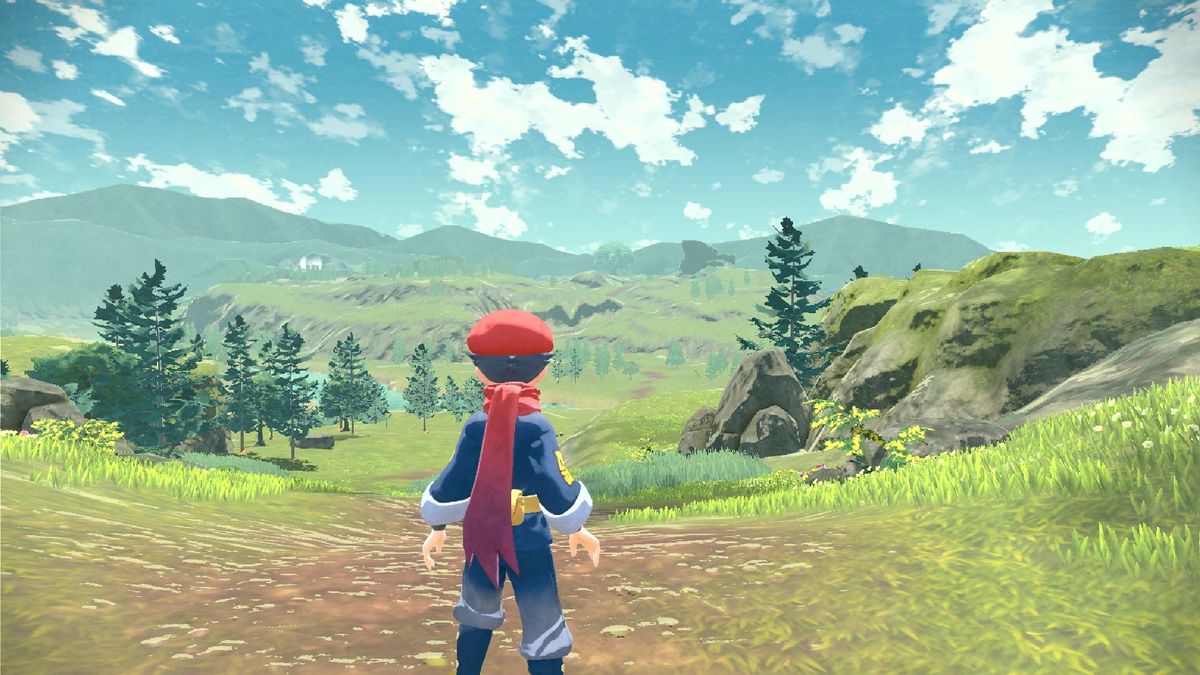As my real-life cat sits in the corner of the room, I’m praying he doesn’t see the enclosure full of dead peacocks that are making my zoo franchise dreams rather problematic. At least three of my newly adopted birds have died of starvation, which is partly down to a bug that meant my keepers really didn’t want to do any work whatsoever, but also because I totally suck at being a peacock owner. And that’s because it’s a far more complicated job than I had ever expected it to be.
Turns out that peacocks – or more specifically the Indian Peafowl – are complicated little creatures. Despite the fact their name suggests they’d be happiest in a tropical climate, they actually like a chilly habitat, which requires installing some coolers to bring down the temperature in the enclosure. Unfortunately, that requires researching the species in the vet research department, which takes time – time that, unfortunately, my peafowl do not have, as they also happen to be starving.
The keepers are running amok, refusing to do anything aside from tending to the incredibly happy (and procreating) African Wild Dogs and my wonderful pack of Timber Wolves, and it turns out I’ve kitted out their enclosure with the wrong type of feeding dish. They needed a food bowl, but there’s a food trough in the pen instead – a very important differentiator that I have had to learn the hard way. RIP my peafowl.
A lot of work for happy critters

Playing Planet Zoo is a beautiful balancing act that’s going to require a lot of learning, research, and probably a few casualties along the way – although hopefully less of them will be because of human error and can be more easily blamed on nature just doing its thing.. Making each of the species that takes residence in your zoo happy takes a lot of work, as it means learning as much about each one as hopefully, your guests will. I’ve praised Planet Zoo’s focus on education, conservation and animal welfare (opens in new tab) in the past, but it’s not until getting hands-on with the game’s beta that this really hit home.
Creating the perfect habitat is an intense process. Not only do you need the right food and drink receptacles, but your animal will judge its surroundings on a vast plethora of different criteria. The terrain, for example, will need the right mix of short grass, long grass, soil, sand, rock, and snow. Thankfully, it’s just a case of painting the ground with different terrain until the sliders all line up into the green perfectly. But, some will want climbable areas too, and others will need water to swim in – and some both.

You’ve got to think about giving them shelter, how much space they’ve got to live in, if they are cohabiting with just the right amount of other critters, or even getting the bonus of interspecies mingling – for example, African Elephants like to live with Plains Zebras and Reticulated Giraffes as it reminds them of home. Plus, you’ve also got to take into consideration whether they’ve got enough enrichment items to keep them stimulated. And watch out because you’ll find the animals get bored if you don’t switch out the enrichment items for another just as fun every now and then.
Then you’ve got to think about the flora, as well as the fauna, because it’s just as vital how you decorate your enclosures. You’ve got to get the right coverage level, as well as making sure that the plant type is appropriate in terms of the continent of origin and biome type. But seeing their funny
Rewarding creativity – and patience

Plus, the more research you do, the better the gear, food quality, and more that you’ll be able to offer your creatures. The caveat is, however, you can’t start researching any of these items until you’ve already adopted an animal of that species and placed it in your zoo. Then comes the waiting game of hoping you can unlock more goodies before your animals start getting unhappy – or worse.
Of course, things can get even more technical, and creative, if you want to spend time making natural inclines, caves as shelters, hedge mazes and more, but even at its most basic there’s an inherently creative element to building your zoo. The community, despite the fact that Planet Zoo is only in beta, is already creating beautiful enclosures that you can download and add to your game – if you don’t want to spend days crafting the perfect habitats for your new residents, of course.
But if you do want to spend your time creating, there’s the same amount of interactivity and intricacy available to you as there was in Planet Coaster. I can see myself eventually spending days building the perfect enclosures, ditching the pre-built shelters and water troughs for waterfalls and caves, shady forests for privacy and food hidden in dense undergrowth for the predators to find. The game rewards you for every minute of your time you put in, whether it’s making your zoo look glorious, or taking in the joy of a happy animal.

Despite the fact that this all sounds like hard work, Planet Zoo is incredibly immersive and utterly gorgeous to play. The new fur and skin tech the team at Frontier has created makes each creature an absolute pleasure to watch and learn more about, and it ends up making you take the time just to see what each of them is up to as you move around your zoo.
Just be prepared for a level of pet ownership that I don’t think any of us are truly ready for, and that the circle of life may loop around faster than you’d like. Thankfully you’ve still got time to check out the Planet Zoo beta, which ends on Tuesday, October 8, which offers one campaign level and the sandbox franchise mode for you to enjoy. The full game will arrive exclusively on PC on November 5.
 Game News Video Games Reviews & News
Game News Video Games Reviews & News



